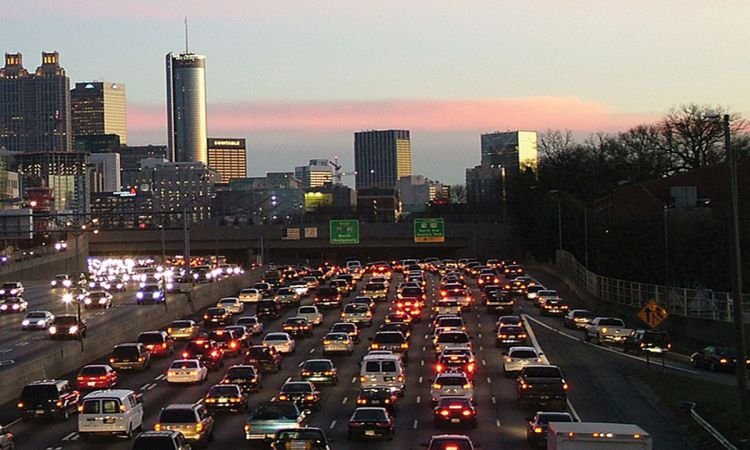 Atlanta, the bustling capital city of Georgia, is known for its vibrant culture, remarkable history, and unfortunately, its notorious traffic congestion. If you’ve ever wondered, “Why is traffic so bad in Atlanta right now?” This article will delve into the reasons behind this persistent issue and highlight how tools like the Atlanta Interactive Traffic Accident Map can be an effective resource for residents and visitors alike.
Atlanta, the bustling capital city of Georgia, is known for its vibrant culture, remarkable history, and unfortunately, its notorious traffic congestion. If you’ve ever wondered, “Why is traffic so bad in Atlanta right now?” This article will delve into the reasons behind this persistent issue and highlight how tools like the Atlanta Interactive Traffic Accident Map can be an effective resource for residents and visitors alike.
The State of Traffic in Atlanta
Atlanta has grown tremendously over the past few decades, drawing in businesses and residents with its booming economy and appealing lifestyle. With this growth, the city has witnessed an escalating number of vehicles on the road, leading to an increase in traffic congestion.
Reasons for Atlanta’s Traffic Congestion
There are several reasons why Atlanta experiences heavy traffic:
Rapid Growth and Urban Sprawl
One major factor is Atlanta’s rapid population growth and urban sprawl. The city has expanded much faster than its infrastructure, leading to a large number of people commuting from the suburbs into the city. This places a heavy load on the city’s roads and highways during peak commute times.
Limited Public Transportation
Another contributing factor is the limited public transportation options. The Metropolitan Atlanta Rapid Transit Authority (MARTA) is the primary mode of public transportation, but its reach is limited. Many residents, particularly those in the suburbs, rely on cars for their daily commute, adding to the road congestion.
Road Infrastructure
The design of Atlanta’s road infrastructure also plays a role. The city relies heavily on its interstate highway system, including I-285 and I-85, which often become chokepoints during rush hours. Without sufficient alternative routes, these roads bear the brunt of the city’s traffic.
Construction and Accidents
Construction projects and accidents are other common causes of traffic congestion. To stay updated on these disruptions, tools such as the Atlanta Interactive Traffic Accident Map can be invaluable. This map provides real-time updates on accidents, helping drivers navigate around these incidents and potentially reducing traffic congestion.
Climate and Weather Conditions
Lastly, Atlanta’s weather can contribute to traffic issues. The city experiences a range of weather conditions, from heavy rains to occasional snow, which can lead to road closures or slower traffic flow.
Conclusion
Atlanta’s traffic congestion is a complex issue influenced by numerous factors. Rapid urban growth, limited public transportation, road infrastructure, and weather conditions all contribute to the problem. As the city continues to grow and develop, addressing these challenges will be a key component of enhancing the quality of life for Atlanta residents.
Meanwhile, using resources like the Atlanta Interactive Traffic Accident Map can help individuals navigate the city more effectively, saving time and reducing the stress of commuting. Understanding why traffic is so bad can also help residents plan their routes and schedules more effectively, making the best of a challenging situation.




